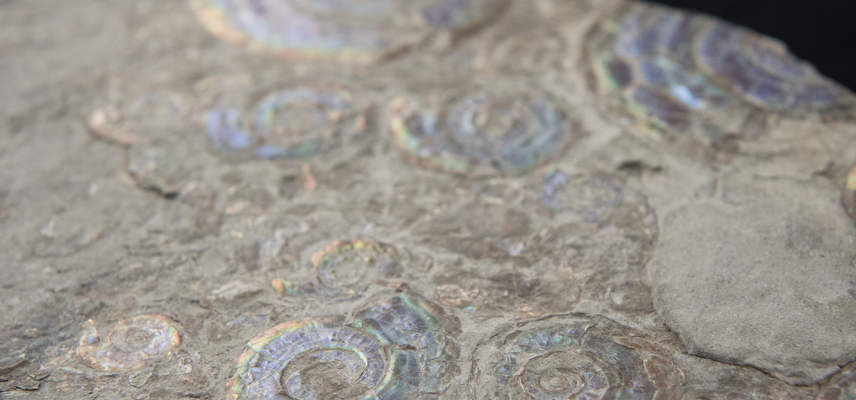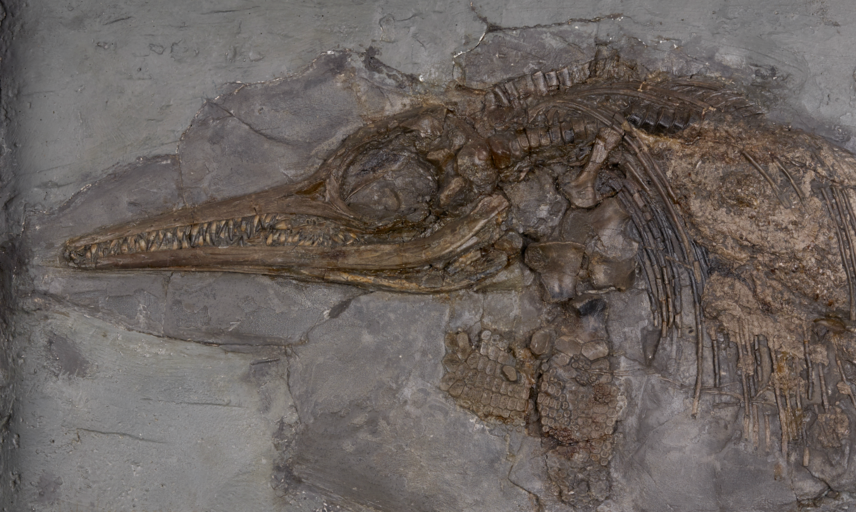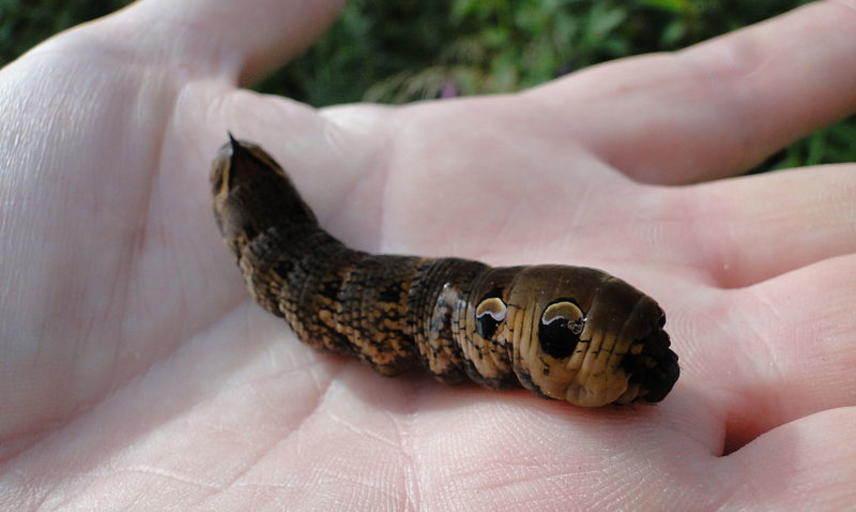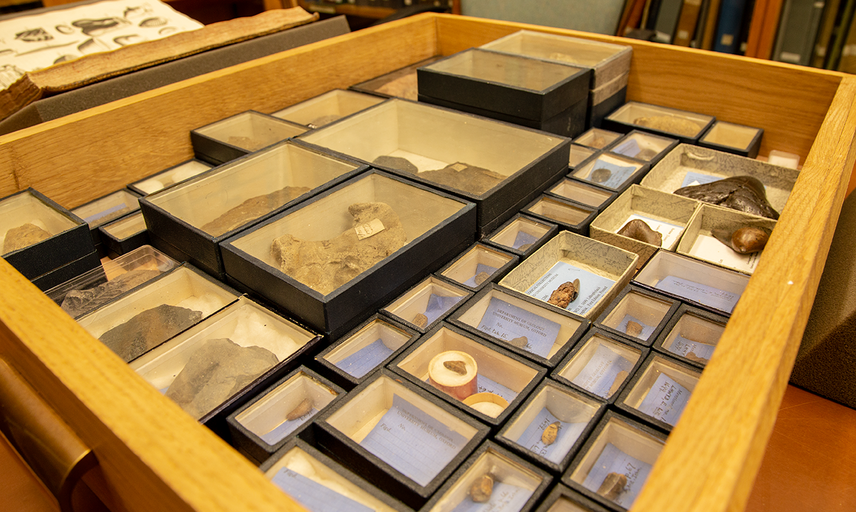Palaeoanthropology
The Museum’s palaeoanthropology collections contain around 5,000 tools and carvings made by hominins – Homo sapiens and perhaps some late species of Australopithecus and Paranthropus.
The bulk of the collection derives from the Palaeolithic period, approximately 2.6 million years to 11,000 years ago. The majority of the tools originate from the UK, but all inhabited continents except North and South America are represented.
Nearly all items in the collection are made from stone, with a smaller number made from bone, antler, shell or ivory.
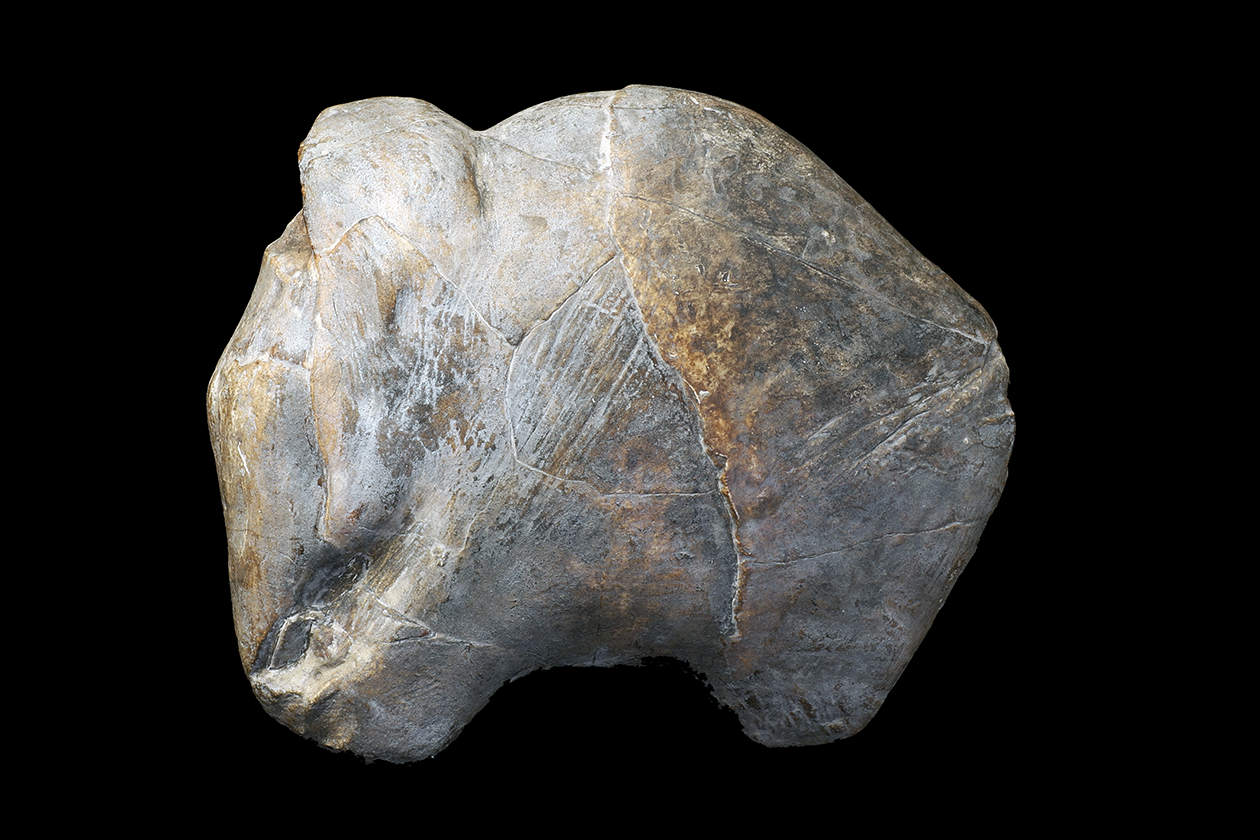
Mammoth carved in ivory from the Aurignacian of Předmostí, Czech Republic. Plaster cast presented 1924.
Notable collections include:
- Llewellyn Treacher collection: Lower Palaeolithic implements from the Middle Thames Valley
- W. J. Sollas and Abbé Breuil collection: Middle and Upper Palaeolithic implements from Paviland Cave
- Ernest Westlake collection: palaeoliths and eoliths from the UK and France
WANT TO FIND OUT MORE?
Our other palaeontology collections
Our other palaeontology collections
COLLECTIONS ONLINE
COLLECTIONS ONLINE
WHAT DO I HAVE HERE?
WHAT DO I HAVE HERE?
VIEWING OUR SPECIMENS




